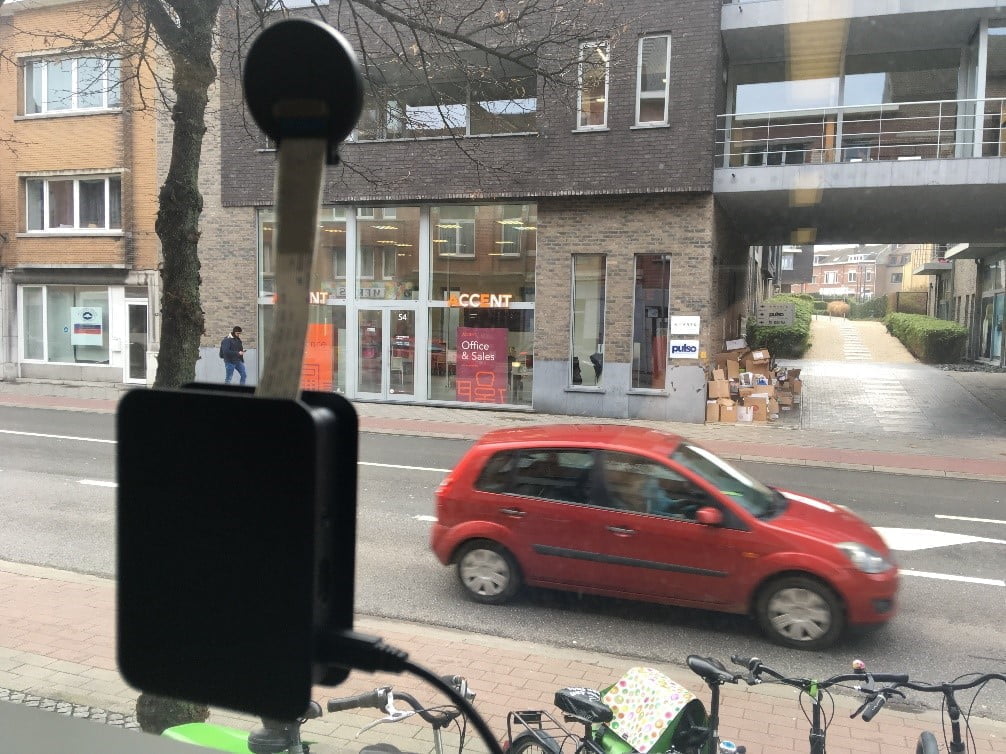COVID-19: Citizen science reveals changing travel habits
With major changes to travel habits across Europe, citizen science projects like WeCount are going to be increasingly important to monitor changes and inform decision-making, writes Griet De Ceuster.
Recent weeks have seen a major overhaul in normal life. Health systems, social lives and economies have all undergone major shocks and challenges since the pandemic took hold in many European countries. With restrictions on travel and movement, urban transport is also undergoing major changes, with people not just travelling less, but changing their travel patterns too.
With more people working from home and nearly all shops closed in many countries, far fewer people are travelling into city centres, with large reductions in both car travel and public transport being witnessed in many countries.
But whilst car, bus, train and metro journeys are falling rapidly, walking and cycling are becoming the new normal for many people across Europe. With people needing new options for getting to the shops and - for essential workers - to work, walking and cycling are becoming increasingly popular as a way to safely get around whilst also getting important daily exercise. Some cities are even closing off streets to vehicles and creating larger cycle lanes to help people get around safely whilst maintaining physical distance from others.
This shift in travel is being revealed through traffic monitoring systems present in many cities. In Belgium, a 50% reduction in road traffic has been observed during the typical morning rush hour. Increases in freight traffic have also been witnessed in Belgium due to increased demand for goods and deliveries following the implementation of ‘lockdown’ measures. Amsterdam has also seen major changes in travel, with large reductions in car use and increases in walking and cycling.
Citizen science projects are also helping to reveal changing travel habits in response to the virus outbreak. Telraam, a traffic counting citizen science resource (and a key facilitator of the WeCount project), is showing that local roads are undergoing a shift in mobility. For example, Telraam has shown how one local road in Belgium recently saw more journeys by bike than by car for the first time since monitoring began in that location.

Data from a Telraam traffic counter in Belgium shows changes in traffic during March, with more journeys recorded by bike than car for the first time since the counter was installed.
As time goes on, traffic monitoring projects are going to become increasingly important to monitor further changes in urban mobility in response to the ever-changing situation with COVID-19. With citizens in five cities across Europe soon to start monitoring traffic data as part of WeCount, citizen science projects like this will play a key role in mapping changes in traffic and travel habits in the coming months. This will provide not only a real-time assessment of the changes across various cities, but also an opportunity to inform future decision-making about local transport solutions and enable efficient policy responses to aid sustainable urban mobility.
For more information about Telraam, see the Telraam website. For more information about WeCount, please see the WeCount website. Sign up for the WeCount newsletter here. You can also contact Balázs Németh and Cláudia Ribeiro for further information.

